Introduction: Lighting Up the American Backyard
Nothing transforms an ordinary backyard into a tropical escape like the gentle flicker of tiki torches. Whether it’s a Friday night BBQ in Texas or a pool party in California, these glowing icons of outdoor living set the perfect vibe.
But here’s the catch—just because something looks peaceful doesn’t mean it’s without risk. At Outdoor Fire and Patio, we’ve spent years helping customers across the U.S. build stylish outdoor spaces safely, and that includes choosing and using propane tiki torches responsibly. This guide is all about blending beauty with caution.
The Hidden Fire Risk: Understanding the Illusion of Safety
There’s no denying it—propane tiki torches look classy. They flicker like a warm island breeze, whispering, “Everything’s under control.” But don’t be too quick to fall for their charm. Behind every elegant flame is a canister of compressed gas waiting for the right (or wrong) moment.
Propane isn’t just fire-friendly—it’s fire's best friend. A poorly placed torch or a casual gust of wind can send flames dancing toward patio cushions, dry leaves, or even that decorative pergola you spent all spring building.
And here’s something most people miss: propane is heavier than air. That means it doesn't just float away—it settles. In sunken patios, around deck corners, and near stone walls, it can quietly collect like a puddle with a short fuse. All it takes is one spark and suddenly your backyard paradise is on the evening news.
We’re not trying to kill the vibe—we sell the vibe! But let’s be real: knowing the risks is part of enjoying the reward. That peaceful glow only stays peaceful when you treat your tiki torches with the respect they deserve.

Placement Matters: Where You Put Your Tiki Torches Is Everything
Let’s be honest—placing tiki torches isn’t just about aesthetics. It’s about not accidentally turning your backyard into a live-action fire drill.
We’ve seen it all: torches installed next to gauze-draped cabanas, nestled into garden beds full of crispy mulch, or even (brace yourself) leaned against vinyl siding. These setups may look Instagram-worthy, but they’re basically red carpets for flames.
Remember, fire doesn’t RSVP—it shows up uninvited, and when it does, it’s fast.
Outdoor Fire & Patio's Smart Torch Placement Checklist:
✅ Stay 6–10 feet away from anything remotely flammable—trees, furniture, curtains, bamboo bars, you name it.
✅ Mount or anchor securely on a non-flammable base—think concrete, gravel, or treated decking.
✅ Clear the clutter. Keep torches out of high-traffic areas where kids, pets, or chatty guests might bump into them.
✅ Keep it high, but not too high. No mounting under low rooflines or eaves—heat rises, and so will your regrets.
The Invisible Danger: Gas Leaks and Wind
Here’s the thing about wind—it’s sneaky. One minute, your propane tiki torch is calmly flickering like it’s auditioning for a backyard romance movie. The next, it’s blowing sideways like a dragon trying to light your patio umbrella on fire.
Wind doesn’t just kill the vibe. It redirects it—with flames reaching toward your outdoor furniture, pool floats, or the carefully set dinner table. And if your torch isn’t built with a wind guard or you’ve skipped the secure mounting? You’re rolling dice with open fire.
But there’s more. Propane leaks can be even more dangerous—because they’re often invisible until it’s too late. A loose valve, cracked hose, or faulty connector can quietly release gas. And since propane is heavier than air, it lingers in low spots like sunken patios, stairs, or garden planters… just waiting for ignition.
At Outdoor Fire and Patio, we recommend a quick bubble test before each use (soapy water around connections—bubbles mean leaks). It’s a 30-second ritual that can save you from a backyard disaster.
Eco-Conscious Consumers, Take Note
Let’s talk sustainability. Propane is a cleaner-burning fuel than tiki oil, but burning anything still emits CO₂. The occasional torchlight evening won’t wreck the environment, but using them nightly might not align with your eco goals. Want ambiance and a clear conscience? We’ll get to alternatives in a moment.
Torch TLC: Maintenance Is Non-Negotiable
Think of your propane tiki torch like a classic convertible—it may look sleek and effortless, but behind that glow is a system of valves, fuel lines, and components that need regular check-ins.
Skipping maintenance isn’t just neglect—it’s an open invitation for leaks, weak flames, or worst of all… no flame at all when guests arrive.
Your No-Nonsense Torch Tune-Up Checklist:
- Soap & Suds Test: Mix a little dish soap with water and brush it over the hose and connectors. Bubbles mean you’ve got a leak—time to tighten or replace
- Inspect Gaskets & Valves: If they’re cracked or brittle, don’t gamble—swap them out.
- Clean the Burner Head: Dust, bugs, or soot buildup can cause erratic flames or uneven heat. A soft brush and compressed air go a long way.
- Avoid Torch “Hacks”: No duct tape. No zip ties. No YouTube experiments. Always use manufacturer-approved parts.
- Trouble Lighting? Many high-end torches have ignition parts like solenoids or thermocouples. If it’s acting up, don’t keep clicking like it owes you money—have it serviced.
Smart Flames: Technology Meets Torch
Welcome to the future—where even your tiki torches can join the smart home revolution. We’re talking remote ignition, Bluetooth connectivity, automatic shutoff timers, and even integrated wind sensors. Sounds impressive, right?
And it is—when it works properly.
Because here's the truth: while smart torches add a layer of convenience and safety, they’re still part of a fire-based system. So if your Wi-Fi drops out mid-cookout and your propane tiki torch decides not to shut off? That's not a software bug. That’s a fire hazard waiting for a punchline.
Tech with Caution
Smart systems are amazing when installed correctly and used with a solid signal and a dash of common sense. We’ve tested the top models on the market, and here’s what we’ve learned:
· Always connect through secured networks—no public Wi-Fi shortcuts.
· Keep a manual shutoff valve accessible at all times.
· Don’t ignite torches from 100 feet away unless you can see them.
· Update firmware and apps regularly—yes, even your backyard now needs updates.

The Vibe Without the Fire: Ambiance Alternatives
Love the glow, but not the open flame? You’re not alone. Whether you’ve got curious kids, unpredictable pets, or just don’t want to risk your prize-winning hydrangeas, there are plenty of fire-free ways to light up your outdoor space—without sweating over safety.
Here are some of our favorite alternatives to traditional or propane tiki torches:
Solar-Powered Tiki Torches
Zero gas, zero guilt. These clever torches mimic a real flame’s flicker, soak up sun by day, and glow all night like they’re proud of it. No wires, no fuel, no drama.
LED Flame Bulbs
They screw right into standard torch bases or lanterns, and the effect is surprisingly realistic. Plus, no soot, no mess, and they’ll never go out in a breeze.
Battery-Powered Lanterns
Warm, flickering light that travels wherever you need it—from garden paths to dinner tables. Bonus: They don’t set off smoke alarms when placed under the pergola.
Tabletop Fire Bowls (Still a Flame, But Controlled)
For those who still want the magic of live fire in a more compact, contained form—these beauties offer glow, warmth, and peace of mind.
Safety First, Always: Because Flames Deserve Respect
If you’re lighting up with propane tiki torches, great choice. But let’s be clear—style should never come at the expense of safety.
We’ve helped thousands of customers create unforgettable backyard experiences, and the golden rule is always the same: Fire is fun—until it’s not.
Here’s how to keep things chill while the flames dance:
✅ Never leave torches unattended—even for a quick refill or dip in the pool.
✅ Turn off gas at the source, not just at the top of the torch. That’s where the real shutoff lives.
✅ Have an extinguisher or garden hose on standby. Bonus points for a sand bucket (old-school, but effective).
✅ Keep the selfie squad back—no leaning in for a close-up or roast-your-eyebrows moment.
✅ Set clear torch-free zones if kids or pets are around. Curiosity and fire rarely mix well.

Insurance Claims and Backyard Flames: A Reality Check
Let’s have some real talk: If a propane tiki torch goes rogue and damages your property, your insurance company isn’t always going to light a candle in your honor.
Many homeowners don’t realize that open flames are considered a risk factor—and your provider may require you to disclose fire features like gas torches, fire bowls, or built-in grills. Fail to mention it? You might find yourself roasting marshmallows over a claims denial letter.
We’ve spoken with adjusters who’ve seen it all: wind-blown flames, tipped torches, and “just for a second” walkaways that ended in full-blown patio replacements. Turns out, “the flame was really small” doesn’t hold up well in a claim report.
What You Can Do:
✅ Check your policy: Look for language about open flames, gas installations, or “recreational fire features.”
✅ Document your setup: Take photos, note placement, and save receipts. It could save you thousands later.
✅ Stay present: Most fire-related claims stem from unattended use—not equipment failure.
✅ Disclose responsibly: If you’ve got multiple fire features, let your insurer know. Transparency > surprise bills.
Final Take: Should You Still Use Tiki Torches?
Absolutely—tiki torches, especially propane tiki torches, can be a stunning addition to any patio or outdoor space when used responsibly. The key is preparation, placement, and proper care.
At Outdoor Fire and Patio, we’re not just here to sell you gear—we’re here to help you make informed, safe, and stylish choices. Whether you’re hosting a summer cookout or planning an intimate evening under the stars, we've got the fire features to match your dream backyard—without the drama.
Frequently Asked Questions
Q. Are tiki torches safe to use in residential backyards?
Yes - when used properly. Keep them away from flammable objects, use secure mounting, and always turn off the gas at the source when done. Never leave flames unattended, especially on windy days.
Q. What’s the difference between propane tiki torches and traditional oil ones?
Propane tiki torches use pressurized gas for a cleaner, more consistent flame and are often connected to a fuel line or tank. Traditional torches use oils like citronella and burn via a wick. Propane is more efficient, but it requires more caution due to gas pressure.
Q. How far apart should I place tiki torches?
Ideally, 6 to 10 feet apart for balanced lighting and maximum safety. Avoid clustering torches or placing them too close to walkways, seating areas, or foliage.
Q. Do tiki torches really keep mosquitoes away?
Only partially. Citronella oil torches can deter mosquitoes in a small radius, but they’re not a full-proof solution. For best results, combine torches with other mosquito-control methods.
Q. Can propane tiki torches be left outside year-round?
It depends on the torch design. While many torches are weather-resistant, it’s smart to store or cover them during extreme cold, rain, or snow. Always disconnect the propane tank when not in use for extended periods.


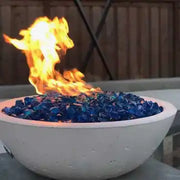
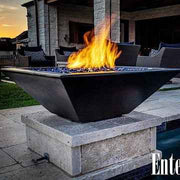
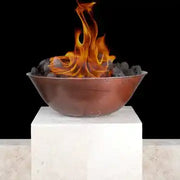
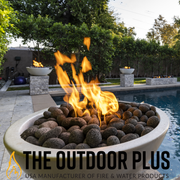
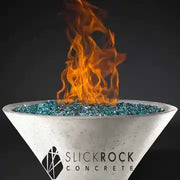
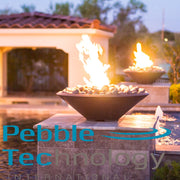
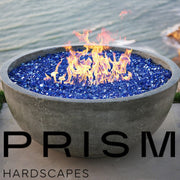
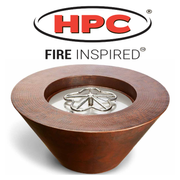
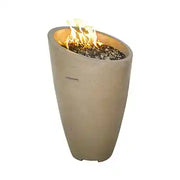
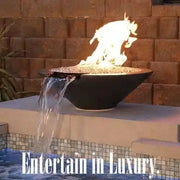
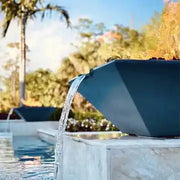
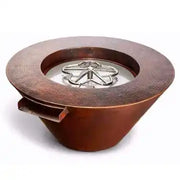
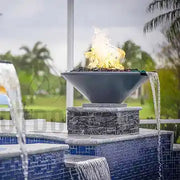
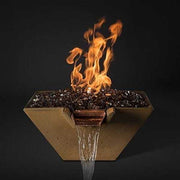
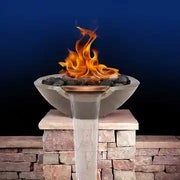

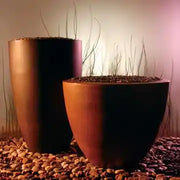
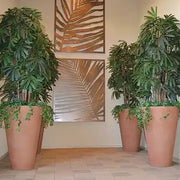
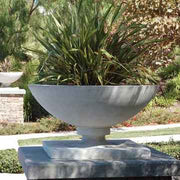
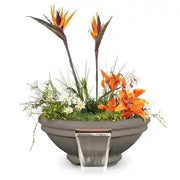

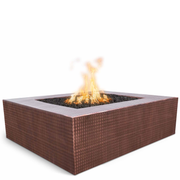

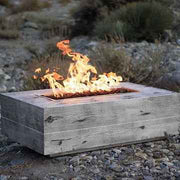
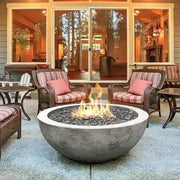
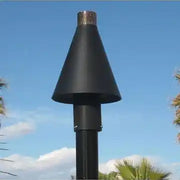
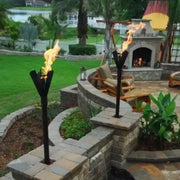
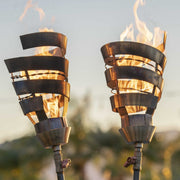
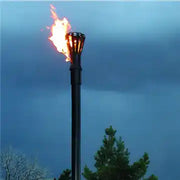
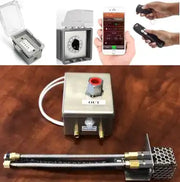
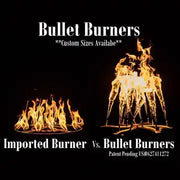
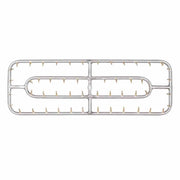
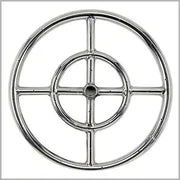
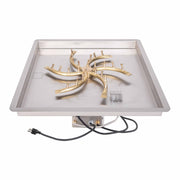

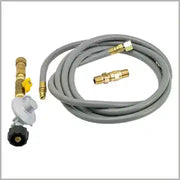
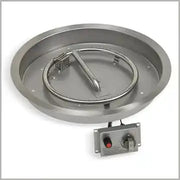
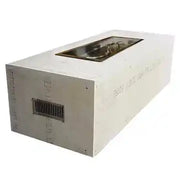
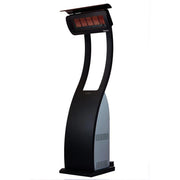
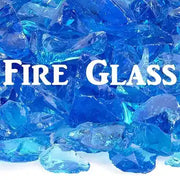
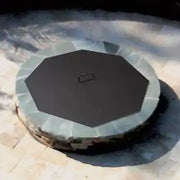
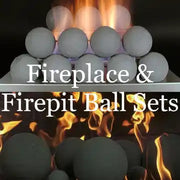

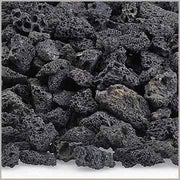
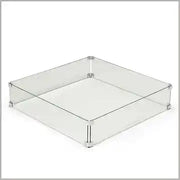

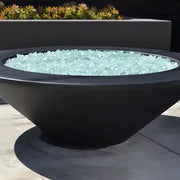
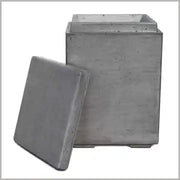
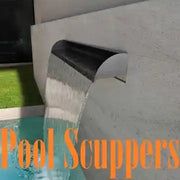

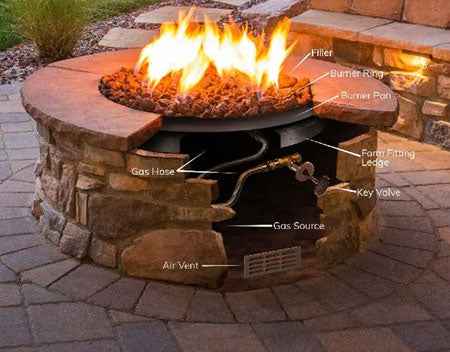
Leave a comment